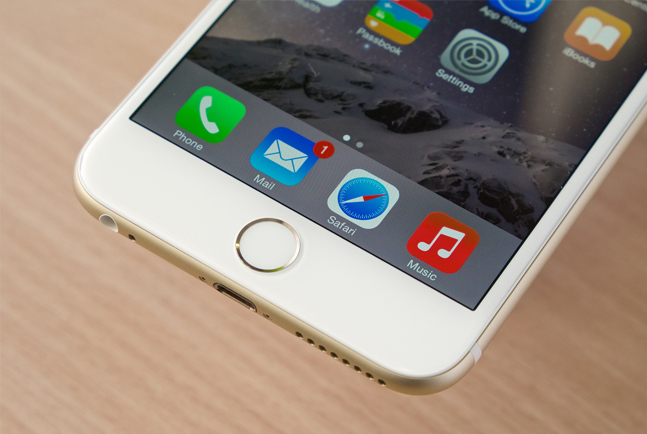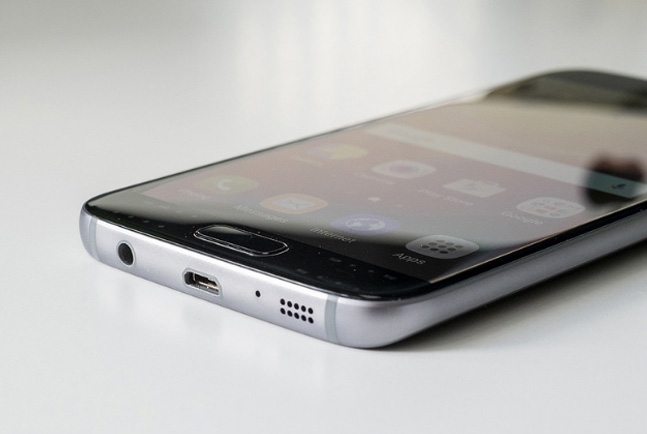A mobile application's success can be due to a variety of factors, some are more important than others, but having a positive user experience is one that is essential for success. If you look at the mobile apps that are popular you will see that they are all apps that offer a great user experience.
When you start designing your mobile user interface, you want to stick with best practices to help ensure the highest possible chance of success, including paying attention to the details. A thoughtful attention to details can be a big part of the difference between creating an acceptable user experience and creating a great user experience.
These two details are easily noticed yet often overlooked; taking the time to pay attention to these two items can help improve the user experience of your app.
Create a Splash with your Splash Screen
When someone launches your app, the last thing you want to do is make them wait. However if your app has an initial setup phase that takes a bit of time, rather than just making users wait, use this time to engage with them. A splash screen not only reduces the frustration of waiting but it gives you a chance to quickly engage with your users.
Google and Apple both suggest that app developers utilize launch screens to improve user experiences as splash screens can simulate a faster loading time. A splash screen will also give users immediate feedback that the app is loading.
Don't be afraid to offer users a distraction while they are waiting for the app to load. It doesn't hurt to try something fun or unexpected. The goal is to capture the users' attention while your app is loading. A progress indicator that shows that loading is in progress can be a nice addition as well. Users appreciate a clear indication of how long they will have to wait.
Don't forget Skeleton Screens
Often business don't think about loading speeds for their content, usually just assuming that it loads instantly. But the fact is that content often takes a few moments to load. Whether it is due to internet connection speeds or heavy content, savvy designs will help reduce the frustration of waiting. Start by optimizing your content to help reduce wait times. Size your images appropriately in a graphics program.
Beyond that, rather than just leaving your users sitting and waiting for it to load you can add skeleton screens to make the time more comfortable. You can keep users engaged while they wait by utilizing temporary information containers like skeleton screens and image placeholders. Skeleton screens create anticipation of what is to follow and help reduce the frustration of waiting.
Keep in mind that skeleton screens don't need to be fancy. Skeleton screens should highlight the necessary information showing a structure of the various sections. Consider Facebook as a good example. Facebook utilizes its template elements while loading content and allows users to become familiar with the structure while the content is being loaded.




